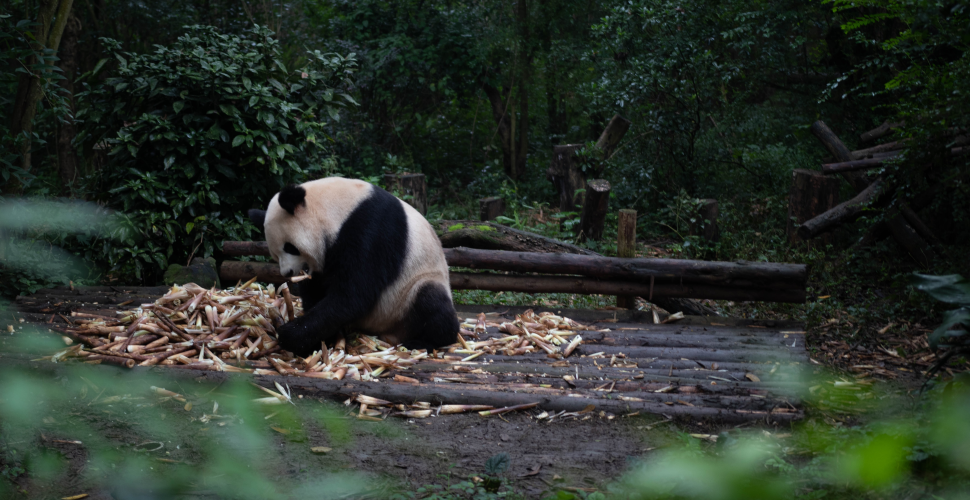
Can Panda Kill Human
Pandas are, no matter how many lovely videos you have watched, never approach a giant panda in the wild. They have strong jaws and legs that are …
Giant pandas once ranged from central and southern China to northern Vietnam and eastern Myanmar. The species is now known to exist in just a few isolated Sichuan and Gansu, and Shaanxi Province Counties. About 1600 giant pandas are living in an area …

China is threatened by pollution and deforestation in the future, but giant pandas have already lost their habitat and are endangered. The panda’s only surviving habitat is in the Chinese provinces of Sichuan and Shaanxi. The best places to find giant pandas are in Sichuan Province (thus nicknamed “home of Giant Pandas”). Giant pandas generally have the status of herbivores since bamboo provides them with all of their nutrition. There are over 60 natural reserves in China to conserve the giant panda’s living room in the Chinese countryside. There are several excellent reserves where you can go to see pandas.
In the coniferous forests east of Hubei, the panda lives around 2,500 to 3,000 meters (8,200 to 10,000 feet) above sea level in humid mountains. A current: About 1600 giant pandas are living in an area about the size of 20,000 square miles (8,000 km2)
The giant panda once ranged from central and southern China to northern Vietnam and eastern Myanmar to China’s surrounding countries. In comparison, the population has grown significantly. However, with the increase in logging and farming practices, its impact has been diminished. The species is now known to exist in just a few isolated Sichuan and Gansu, and Shaanxi Province Counties.
Most giant panda habitats are found in the Min Mountains (Sichuan and Gansu Province) in China, with scattered panda populations in Shaanxi Province.
43% of China’s total panda population lives in the Min Mountains. Ten reserves have been set up to protect the panda species in the mountains.
The Qins are ranges located in the northeast of China, which stretch from Hanoi in Liaoning Province to Koko Nor (In Shanxi Province) in the northwest to Sulu Nor and Baise (Baishui Sea) in Shandong Province in the southeast. The Qin Mountains are a natural divide that separates the north and south of China from the rest of the world. Giant pandas are present in the Qinling Mountains. Foping is most suitable for the panda population all year round since 55% of the habitat is forested with bamboo. Bamboo is their staple diet. Many pandas are found in this 350 km2 (140 miles² or one-fifth of a square mile) in the mountain reserve, while others can be found around 2.5 km² (1.2.0 mi² or about one-fifth of a mile). The chances of encountering a panda bear are pretty high. At the time of publication, the campground was closed to travelers.
Many panda breeding stations have been constructed to assist with this species. Some pandas are given to the zoo in Sichuan:
There are over 60 nature reserves of that size, encompassing 10,000 km (4,000 mi) in total area, protecting this species. Wolong and Foping are the significant reserves for giant pandas.
A small forest of pandas has been introduced to provide artificial connectivity among some giant pandas' scattered populations. If the supply of food diminishes, so will the size of the giant panda population. Deforestation to expand the range of natural habitats often benefits the pandas.
Giant pandas, of course, are found in Sichuan province in China in the west. You can frequently see several giant pandas in the panda area. The best place to see giant pandas is in Chengdu’s panda house of panda cubs.
Pandas are, no matter how many lovely videos you have watched, never approach a giant panda in the wild. They have strong jaws and legs that are …
The panda: a carnivore turned herbivore Pandas can only consume bamboo, but they assimilate almost the same nutrients as wolves—a surprise to the …
